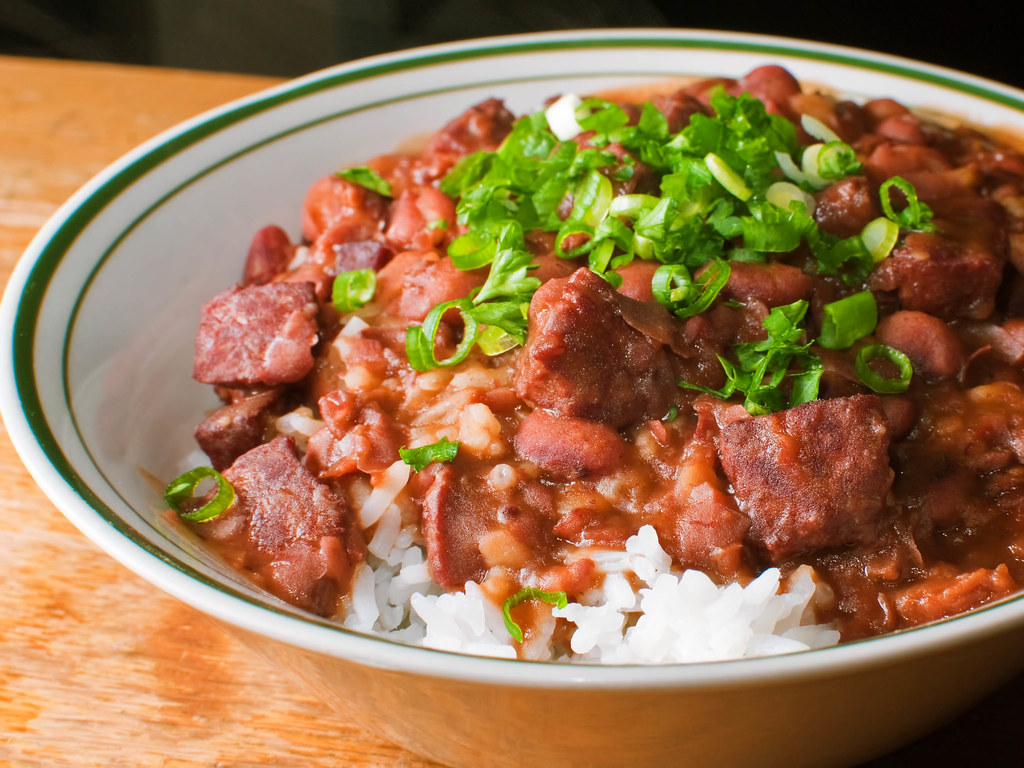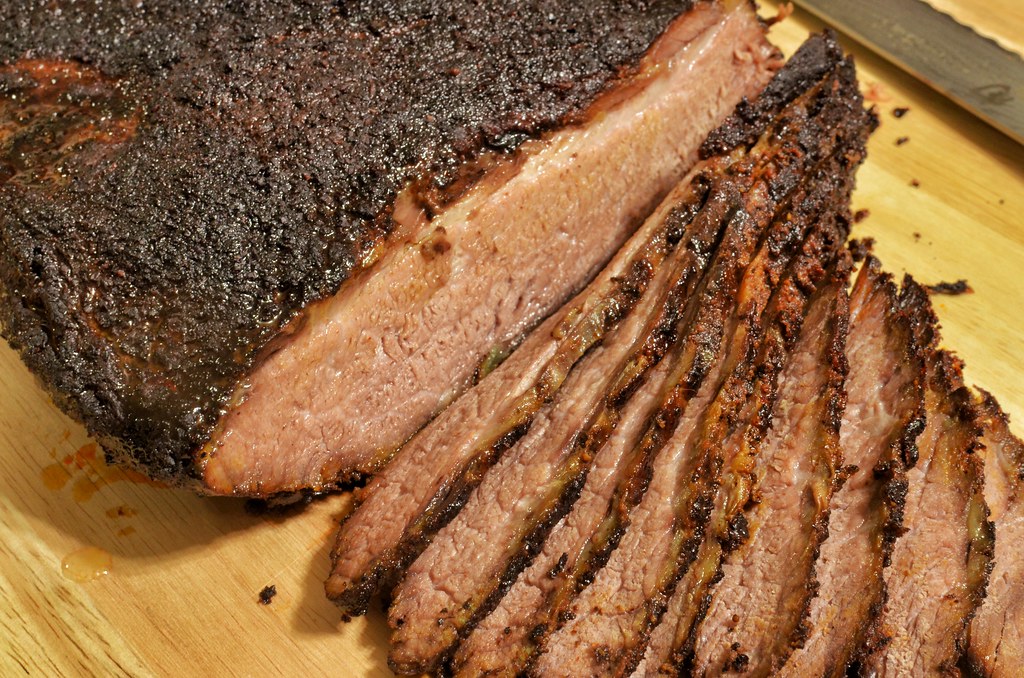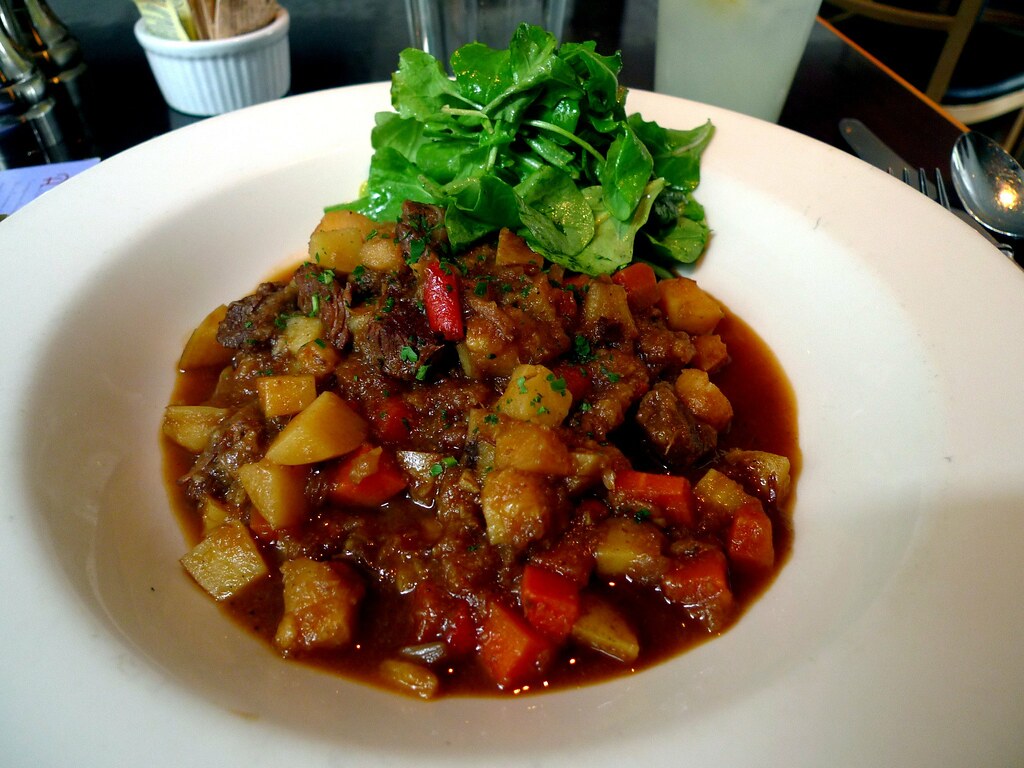Red beans and rice – a dish that’s as much a part of New Orleans’ soul as jazz, Mardi Gras, and the mighty Mississippi itself. It’s a dish that tells a story, a narrative woven through time, from Sunday hams to Monday chores, from the bustling ports to the heat of the kitchen. It’s a tale of tradition, community, and the simple yet profound pleasure of a meal shared. So pull up a chair, and let’s dive into the rich history and cultural significance of this beloved dish.
The History and Tradition of Red Beans and Rice
The story of red beans and rice begins, as many great stories do, with tradition. In New Orleans, this isn’t just a meal; it’s a Monday ritual, a practice steeped in the city’s history and the rhythms of domestic life. The origins of this custom trace back to a time when Sundays were reserved for worship and rest, culminating in a grand dinner often featuring a large, succulent ham. The leftover ham, along with its bone, would not go to waste – it was destined to play a starring role in the next day’s meal.
Monday was a day of labor, filled with washing, ironing, and sewing – tasks that demanded attention and time. In the era before washing machines, this meant hours of hand-washing clothes, a chore that left little room for culinary endeavors. And so, the red beans were set to simmer after breakfast, cooking slowly throughout the day, ready to nourish weary workers with minimal fuss. It was a practical solution, a way to provide a hearty, flavorful meal without stealing precious time from the day’s demanding tasks.
The beans themselves have a journey as rich as the dish they create. Believed to have originated in Peru, red beans made their way around the Caribbean through trade. New Orleans, a major port city, became a natural recipient of these legumes. But the beans weren’t the only newcomers to southern Louisiana; the region also saw the arrival of human beings, enslaved and forced to work the sugar plantations. Many of these individuals hailed from West Africa, where rice and beans were a staple, and from other parts of the Caribbean, including the island of Saint-Domingue, now known as Haiti.
The influence of these diverse cultures is palpable in the red beans and rice we know today. The dish is a testament to the resilience and ingenuity of those who brought their culinary traditions with them, even in the face of unimaginable hardship. It’s a reminder of the shared humanity that can be found in a simple bowl of beans and rice.
By the end of the 19th century, red beans and rice had become a cornerstone of New Orleans culture. The tradition was immortalized in pop culture by none other than Louis Armstrong, who would sign his letters ‘Red Beans and Ricely Yours.’ The aroma of simmering beans became a familiar scent in the city, a signal that it was Monday, whether laundry was on the agenda or not.
The practice of dedicating Monday to laundry may have faded, but the ritual of red beans and rice has endured, woven into the fabric of New Orleans life. It’s a communal meal, meant to be shared, a dish that brings people together in spirit, if not in proximity. When I prepare my pot of red beans and rice, I’m not just cooking; I’m participating in a tradition that spans generations, one that honors the history and culture of this vibrant city.
Let’s talk about the beans themselves. For an authentic pot of red beans, the choice of bean is crucial. Camellia brand beans have been a part of my Monday tradition for years, and for good reason. This company, a staple in New Orleans since 1923, has a history that stretches back even further. Sawyer Hayward, the founder, began by selling beans in the French Market, recognizing the demand among the city’s Creole population and Caribbean immigrants.
The Camellia brand, named after Hayward’s wife’s favorite flower, became synonymous with quality. The beans are meticulously sorted, ensuring that each package contains only the best – uniform in size, color, and free from debris. It’s this commitment to excellence that has made Camellia the top bean company in the U.S. and a key ingredient in the New Orleans tradition of red beans and rice.
As we delve into the heart of this dish, we also consider the preparation. To soak or not to soak? That is a question many cooks ponder. While not strictly necessary, soaking beans can reduce cooking time and promote even cooking. For those using Camellia beans, the freshness ensures that even without soaking, the beans will cook beautifully. However, if you find yourself with a darker, older batch, an overnight soak might be just what they need to plump up for the pot.
What of the quick boil method? It’s a handy trick for those times when a craving strikes without warning. A rapid boil followed by an hour’s rest can substitute for an overnight soak, getting you that much closer to a steaming bowl of red beans and rice.
The beans are just the beginning. What to serve alongside this hearty dish? Andouille or smoked sausage is a classic choice, adding depth and smokiness to the beans. For sides, consider sautéed cabbage or collard greens, fried chicken, or pork chops. And let’s not forget the bread – cornbread, French bread, or a dinner roll to sop up every last bit of flavor.
When the meal is done, and leftovers abound, proper storage is key. Cooked beans will keep in the refrigerator for up to a week, and in the freezer for about six months. Just be sure to seal them well, label, and date the bag for future enjoyment.

Crafting the Perfect Pot of Red Beans and Rice
We’ve explored the history and significance of red beans and rice, it’s time to roll up our sleeves and get cooking. In the next section, we’ll walk through the steps to create your own pot of Monday magic, from selecting the right ingredients to achieving that perfect, creamy consistency. Stay tuned for a guide to crafting the perfect pot of authentic red beans and rice.
We’ve set the stage with the rich history and cultural significance of red beans and rice, it’s time to roll up our sleeves and get into the nitty-gritty of crafting the perfect pot. This isn’t just a recipe; it’s a rite of passage, a culinary journey that connects us to the heart of New Orleans. So, let’s embark on this flavorful adventure and create a dish that’s as soul-satisfying as it is delicious.
The first step in our quest for the quintessential red beans and rice is to gather our ingredients. The foundation of this dish is, of course, the red beans. As we’ve discussed, the Camellia brand is the gold standard for beans in New Orleans, and for good reason. Their commitment to quality ensures that each bean is poised to deliver the rich, creamy texture we’re after.
We need the Holy Trinity of Creole and Cajun cooking: onions, bell peppers, and celery. This aromatic trio is the backbone of flavor for countless dishes in Louisiana cuisine, and red beans and rice is no exception. Dice these vegetables finely to ensure they meld seamlessly into the beans, creating a harmonious blend of flavors.
About the meat. The ham bone left over from Sunday’s dinner is more than just a tradition; it’s a flavor powerhouse. Its smoky depth infuses the beans with a savory richness that can’t be replicated. If you don’t have a ham bone, fear not. Andouille sausage, another Louisiana staple, can step in to provide that essential smoky note.
With our ingredients assembled, it’s time to address the age-old question: to soak or not to soak? Soaking the beans overnight can shorten cooking time and promote even cooking, but it’s not strictly necessary, especially with fresh Camellia beans. If you’re in a pinch, the quick boil method we discussed earlier can be a lifesaver.

Once the beans are prepped, we begin by rendering the fat from our chosen meat. If using bacon, cook it until it’s crispy and the fat has coated the bottom of the pot. This fat will serve as the base for sautéing the Holy Trinity, coaxing out their flavors and setting the stage for the beans.
After the vegetables have softened, it’s time to add the beans and enough water to cover them by a couple of inches. This is where patience comes into play. The beans need to simmer gently for several hours, absorbing the flavors of the meat and vegetables, transforming from humble legumes into a creamy, comforting stew.
Seasoning is key. Garlic, thyme, bay leaves, and a pinch of cayenne pepper are traditional, but don’t be afraid to make the dish your own. Taste as you go and adjust the spices to suit your palate. Remember, the best pot of red beans and rice is the one that tastes right to you.
As the beans cook, they’ll start to break down, thickening the liquid into a rich sauce. If you prefer an even creamier texture, you can mash some of the beans against the side of the pot. Just be sure to leave plenty whole for texture.
While the beans do their thing, let’s consider the rice. Long-grain white rice is the classic choice, cooked until fluffy and tender. It’s the perfect canvas for the flavorful beans, and when served together, they become more than the sum of their parts.
As the beans reach their creamy zenith, it’s time to prepare any accompaniments. Sautéed cabbage or collard greens add a touch of bitterness to balance the richness, while cornbread or French bread offer a satisfying crunch. And if you’re feeling indulgent, why not fry up some chicken or pork chops to serve alongside?
The moment of truth arrives. Ladle the beans over a bed of rice, garnish with chopped green onions or parsley, and take that first, soul-warming bite. It’s more than just a meal; it’s a connection to a city, a culture, and a history that’s as rich and complex as the flavors in your bowl.
Crafting the perfect pot of red beans and rice is about more than following a recipe; it’s about embracing a tradition that’s been passed down through generations. It’s about understanding the significance of each ingredient and the role it plays in the larger symphony of flavors. And most importantly, it’s about sharing this culinary treasure with friends and family, joining together in the communal spirit that this dish embodies.
The next time Monday rolls around, remember that red beans and rice isn’t just a New Orleans thing; it’s a celebration of culture, history, and community. And with this guide, you’re well-equipped to honor that tradition in your own kitchen, no matter where you call home.
Related posts:
Monday Red Beans and Rice
Red Beans and Rice Recipe
Authentic Louisiana Red Beans and Rice





